


LATEST NEWS
Osteoporosis
LifeCare Dignostic
October 7, 2021
What is Osteoporosis?
Osteoporosis is a process where bones gradually reduce in density and become more fragile to a point where they are easily broken.
Bone resorption is a lifelong, constant process where old bones are broken down and are replaced with new bones. When you are young, new bones are formed faster than the breaking down of old bones. Therefore, increasing the density of bones. Your bone density is said to be at its peak at about 25-30 years old. After this, the formation of new bones slow down as you ages and the rate of breaking down supersedes the formation.
What increases your risk of developing Osteoporosis?

Factors that increase your risk for developing osteoporosis can be divided into non-modifiable risks and modifiable risk factors.
Non-Modifiable Risks
- Gender: Woman are more prone than man
- Race: White and Asian have higher risk
- Family history: If your immediate family members have osteoporosis, your risk also increase
- Medical problems: Certain medical problem increases the risk of getting osteoporosis
- Conditions that cause hormone imbalance: hyperthyroidism, hyperparathyroidism
- Kidney or liver problems
- Autoimmune conditions: rheumatoid arthritis, SLE, celiac disease, Crohn’s disease
- Cancer
Modifiable Risks
- Medication: long term steroid therapy, seizure medications
- Anorexia nervosa
- Caffeine
- Alcohol
- Smoking
- Sedentary lifestyle
- Underweight / low BMI
- Vitamin D and calcium deficiency
Non-Modifiable Risks
- Gender: Woman are more prone than man
- Race: White and Asian have higher risk
- Family history: If your immediate family members have osteoporosis, your risk also increase
- Medical problems: Certain medical problem increases the risk of getting osteoporosis
- Conditions that cause hormone imbalance: hyperthyroidism, hyperparathyroidism
- Kidney or liver problems
- Autoimmune conditions: rheumatoid arthritis, SLE, celiac disease, Crohn’s disease
- Cancer
Modifiable Risks
- Medication: long term steroid therapy, seizure medications
- Anorexia nervosa
- Caffeine
- Alcohol
- Smoking
- Sedentary lifestyle
- Underweight / low BMI
- Vitamin D and calcium deficiency
Non-modifiable risks:
- Age: the risk of developing osteoporosis increases with age
- Gender: Woman are more prone than man
- Race: White and Asian have higher risk
- Family history: If your immediate family members have osteoporosis, your risk also increase
- Medical problems: Certain medical problem increases the risk of getting osteoporosis
- Conditions that cause hormone imbalance: hyperthyroidism, hyperparathyroidism
- Kidney or liver problems
- Autoimmune conditions: rheumatoid arthritis, SLE, celiac disease, Crohn’s disease
- Cancer
Modifiable risks:
- Sex-hormone status: low sex hormone increases risk of osteoporosis, this is seen especially in post-menopausal woman
- Medication: long term steroid therapy, seizure medications
- Anorexia nervosa
- Caffeine
- Alcohol
- Smoking
- Sedentary lifestyle
- Underweight / low BMI
- Vitamin D and calcium deficiency

What are the symptoms?

It is usually a silent progression. But one may experience the following as the condition worsens:
- A bone that is broken due to a low impact injury
- Reduce in height. A difference of 4cm from height at 20 years old, or >2cm from previous documented height is said to be significant
- Backache
- Stooped posture
How is it diagnosed?
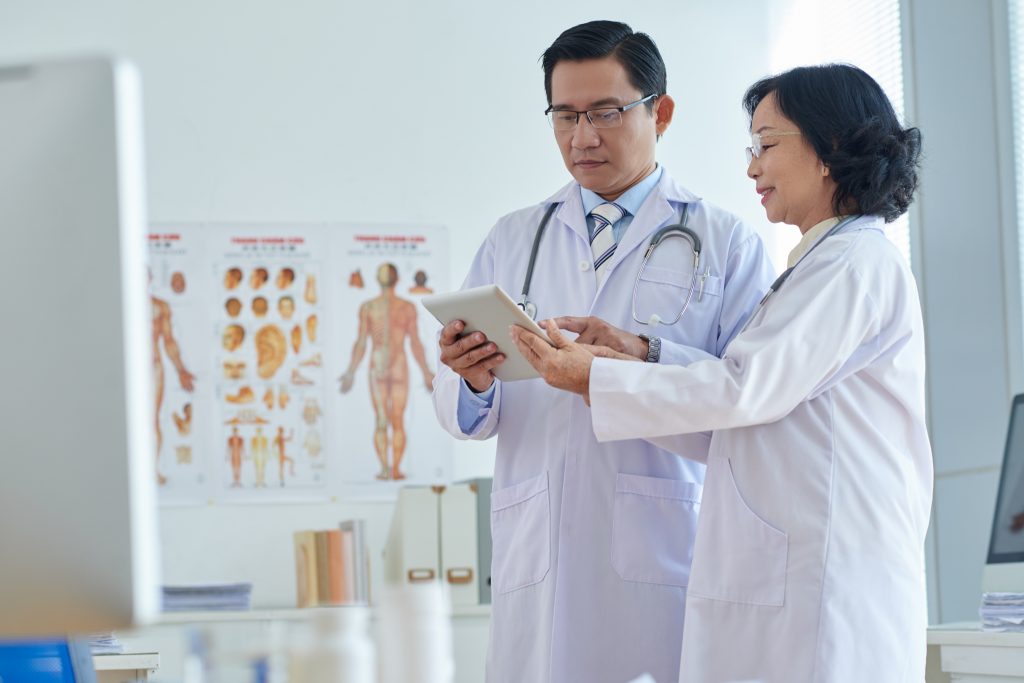
Since it is usually a silent progression, screening is very important for early detection, prevention and early treatment. Dual-energy x-ray absorptiometry (DXA) of the lumbar spine and hip is currently the criterion standard for the evaluation of bone density. It is a painless, fast procedure.
Bone mineral density (BMD) measurement is recommended in the following patients:
- Women age 65 years and older and men age 70 years and older, regardless of clinical risk factors
- Postmenopausal women, based on risk factor profile
- men above age 50–69, based on risk factor profile
- You are encouraged to discuss your risk factor profile with your medical doctor.
How do I prevent it?
Adequate nutrition is important for healthy body function
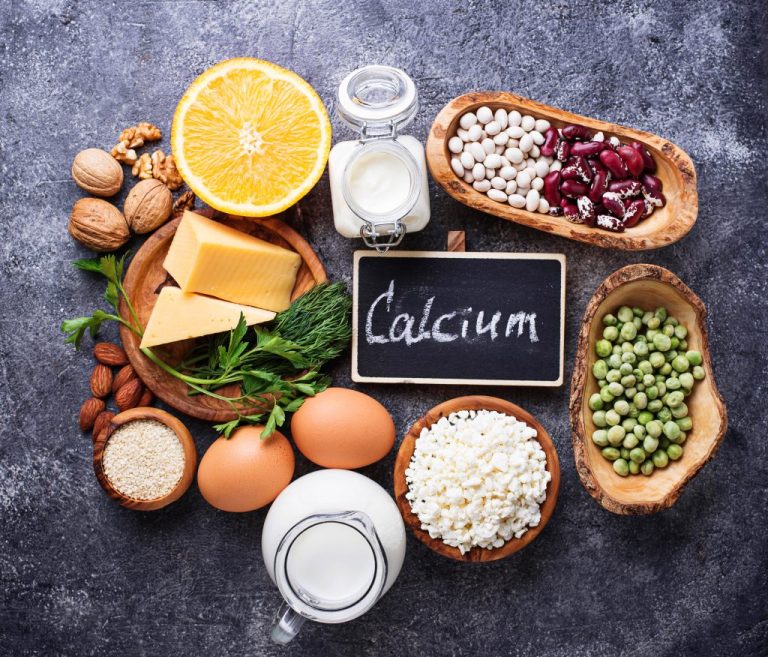
As for bone health, we need to focus on particularly Vitamin D and Calcium intake.
Calcium:
- 1000mg/day; 1200mg/day in pregnancy, lactating mother, woman >50 years old, man >70 years old
- Food rich with calcium:
- low-fat dairy products i.e., milk, yogurt
- dark green, leafy vegetables i.e., broccoli, bok choy
- tofu, soybeans
- calcium-fortified cereals, vegan milk, juice
- fish with bones
Vitamin D

- Vitamin D is needed for absorption of calcium and phosphate, and formation of bone. Our body makes vitamin D when we are expose to sunlight. Generally, about 15 mins a day of sunlight exposure is adequate. However, there are certain factors that influence the making of Vitamin D, such as area of exposure, skin tone etc.
- Food sources of vitamin D are eggs, fatty fish and mushroom
- Those with limited sunlight exposure should be supplemented with vitamin D supplement. 600iu/day up to 70 years old, 800iu/day for those above 70 years old
- Vitamin D deficiency can be easily tested through a simple blood test
Exercises
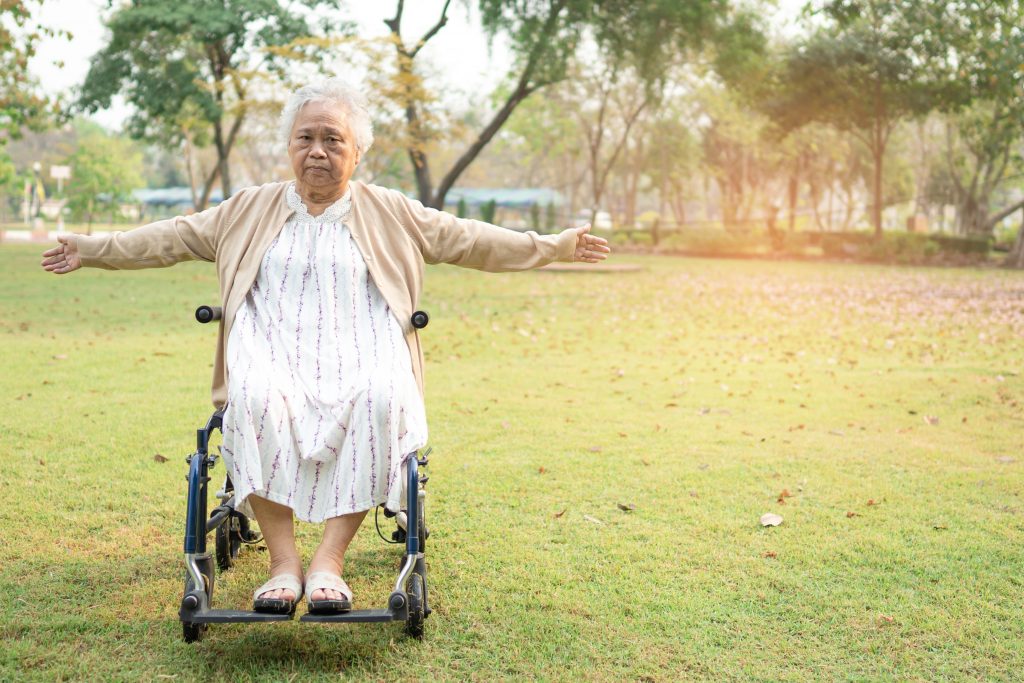
Similar to muscle, bone gets stronger when you exercise it. Weight bearing exercises and resistance exercises improves bone density. Weight bearing exercises are such as walking, jogging, hiking and dancing. Resistance exercises are such as push-ups and other weight training exercises.
Stop smoking, alcohol and reduce caffeine intake
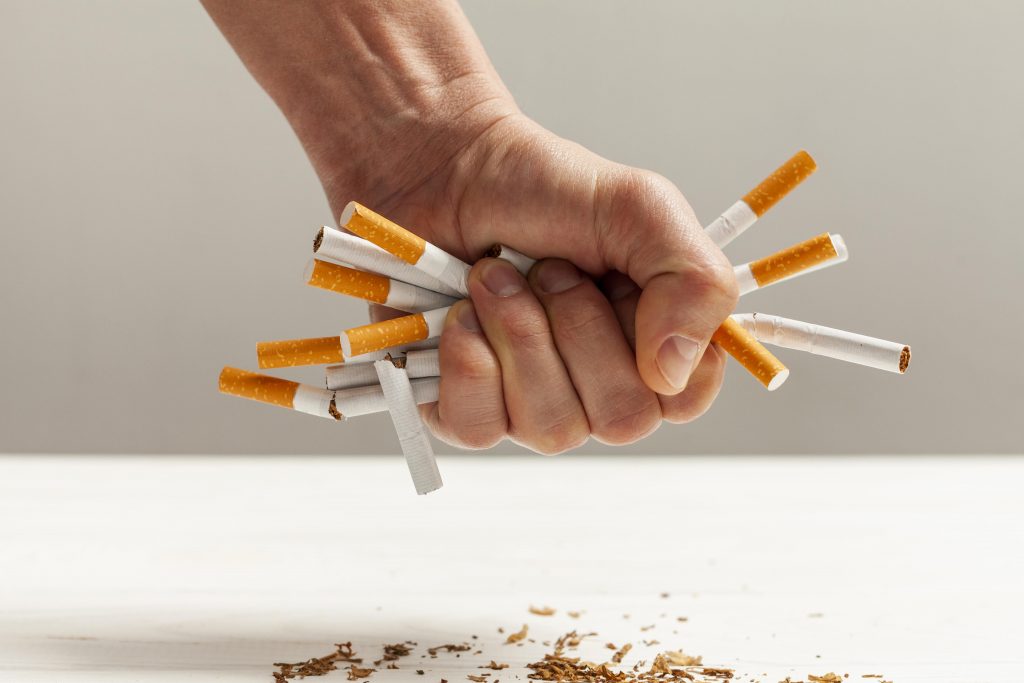
Consuming two or more alcoholic beverages per day is linked to higher chances of bone loss. As for smoking, it keeps the hormone estrogen in your body from working well, thus doubles the chance of bone loss and fractures. Whereas caffeine, leaches calcium from bones, sapping their strength.
Medications
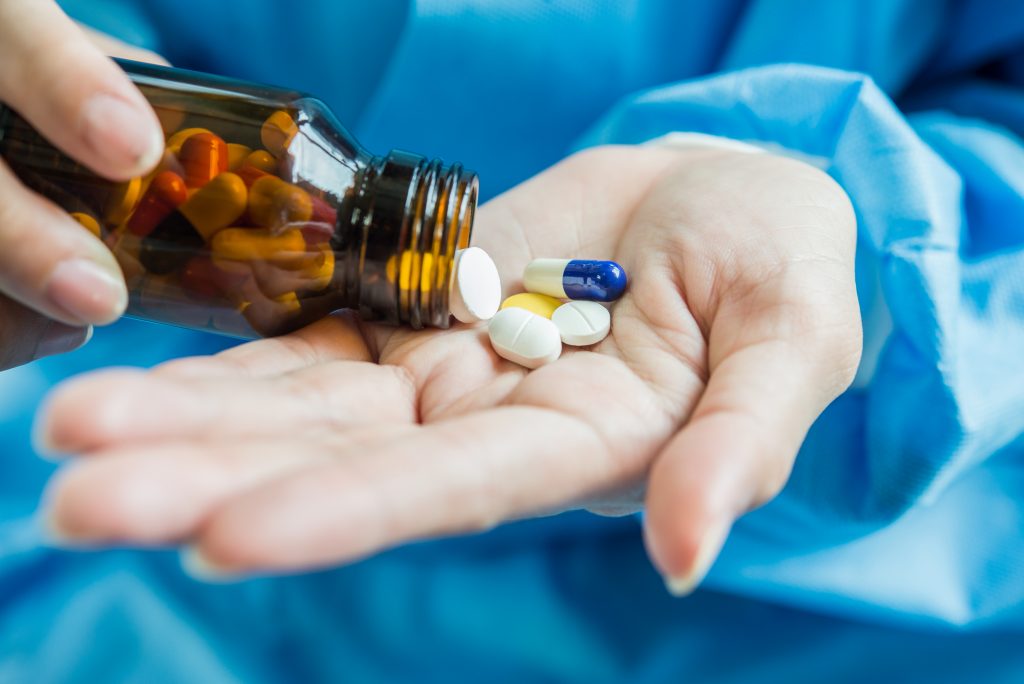
There are several medications for the prevention and treatment of osteoporosis, such as hormonal replacement therapy, bisphosphonates, calcitonin etc.
Prevention is better than cure. Get your health screneed with us to know more on your overall well-being and your bone health.
Gold Male Package
Recommended for 30 years old and below. Package includes a range of blood & urine tests, cancer..
RM1549
Recommended for 30 years old and below. Package includes a range of blood & urine tests, cancer..
RM1749
Recommended for 30 years old and above. Package includes a range of blood grouping, full-body exam..
RM3509
Recommended for 35 years old and above with risk of cancer. Package includes a range of blood tests…
RM4789
Recommended for 35 years old and above with risk of cancer. Package includes a range of blood tests, …
RM6859
Recommended for 35 years old and above with risk of cancer. Package includes a range of blood tests, cancer..





